What is Clinical Pilates?
Updated:
Clinical Pilates is a form of physical exercise that focuses on posture, core stability, balance, control, strength, flexibility, and breathing. The Pilates Method was developed by Joseph Pilates in the early 20th century in Germany. These days, Clinical Pilates is often used in conjunction with physiotherapy as a means of treating a variety of injuries, particularly those of the neck and back. This is based on literature that demonstrates strong evidence to support the use of therapeutic exercise in the management of patients with injuries, particularly low back pain. Recent research advocates the retraining of the deep stabilizing muscles for patients with low back pain. Clinical Pilates focuses on the retraining and recruitment of these stabilizing muscles (core stability) as well as improving posture, strength and flexibility.

Although Pilates can be extremely beneficial for patients with certain injuries it needs to be specific to the individual and not used as a generic tool for everyone. Clinical Pilates (as distinct to generic Pilates classes) identifies this key issue by applying carefully selected exercises to patients with specific injuries. This ensures optimal gains whilst minimizing the likelihood of injury aggravation. If you are interested in commencing Pilates for your injury, it is essential to have a review with a physiotherapist to assess the suitability of a core stability program for you.
Pilates Principles
There are 6 basic Pilates principles that need to be applied to all Pilates exercises to ensure maximal benefit. These include:
1. Concentration
Focus on correct performance of each Pilates exercise and the specific muscles involved.
2. Centering
Focus on achieving neutral spine and activating the core stabilising muscles (pelvic floor and transversus abdominus) to support the lower back and pelvis. (To learn how to activate these stabilising muscles see Pilates – Before You Start).
3. Control
Maintain optimal posture and control with all movements.
4. Flowing Movement
Work smoothly and efficiently with all movements.
5. Precision
Perform each Pilates exercise with attention to detail to ensure correct technique.
6. Breathing
Maintain relaxed, normal breathing throughout all Pilates exercises. Do not hold your breath.
Benefits of Clinical Pilates
There are numerous benefits to be gained from performing Clinical Pilates exercises. Some of these include:
- Improved posture and core stability
- Increased muscular strength and flexibility
- Prevention of injuries
- Aiding rehabilitation
- Restoration of normal movement patterns
- Enhanced breathing control
- Increased co-ordination and muscular control
- Firmer and flatter stomach muscles
- Improved overall body tone and fitness
- Improved balance
 Physiotherapy Products for Pilates Exercises
Physiotherapy Products for Pilates Exercises
-
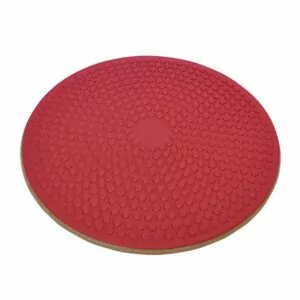 AllCare Wobble Board (Red – ACWOBRD)
AllCare Wobble Board (Red – ACWOBRD) -
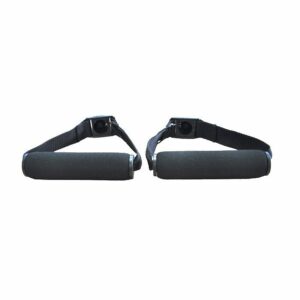 AllCare Adjustable Exercise Handles (Pair)
AllCare Adjustable Exercise Handles (Pair) -
 AllCare Band
AllCare Band -
 Fitness Ball Pro – Loumet
Fitness Ball Pro – Loumet -
 AllCare Tubing
AllCare Tubing -
 AllCare Spikey Massage Ball
AllCare Spikey Massage Ball -
 AllCare Foam Roller Round
AllCare Foam Roller Round -
 66 Fit Pilates Ball
66 Fit Pilates Ball -
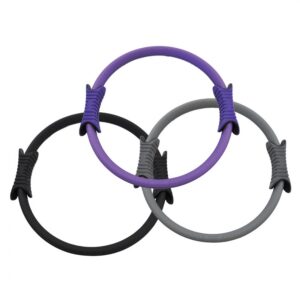 Allcare Pilates Ring
Allcare Pilates Ring -
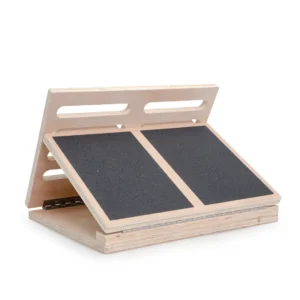 66Fit Wooden Adjustable Decline Board
66Fit Wooden Adjustable Decline Board -
 66 Fit Height Adjustable Aerobic Step
66 Fit Height Adjustable Aerobic Step -
 Comffit Pilates & Yoga Sticky Mat 6mm
Comffit Pilates & Yoga Sticky Mat 6mm -
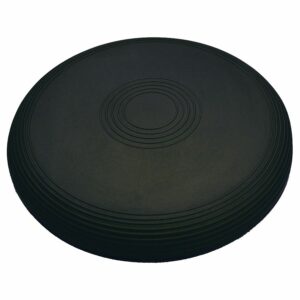 Lournet Stability Dura Disc
Lournet Stability Dura Disc -
 Body Blade
Body Blade -
 AllCare Vinyl Ankle Weight (Single)
AllCare Vinyl Ankle Weight (Single)
To purchase physiotherapy products to assist with Pilates Exercises click on one of the above links or visit the PhysioAdvisor Shop.
 More Information
More Information
- View important information Before You Start Pilates
- View Basic Pilates Exercises
- View Intermediate Pilates Exercises
- View Advanced Pilates Exercises
- View Pilates Foam Roller Exercises
- View Pelvic Floor Exercises
 Find a Physio
Find a Physio
Find a physiotherapist in your local area who can assist with Clinical Pilates Exercises.
Become a PhysioAdvisor Member

Link to this Page
If you would like to link to this article on your website, simply copy the code below and add it to your page:
<a href="https://physioadvisor.com.au/exercises/pilates/what-is-clinical-pilates”>What is Clinical Pilates? – PhysioAdvisor.com</a><br/>PhysioAdvisor offers detailed physiotherapy information on Pilates including benefits and principles of clinical pilates.
Return to the top of What is Clinical Pilates?.



